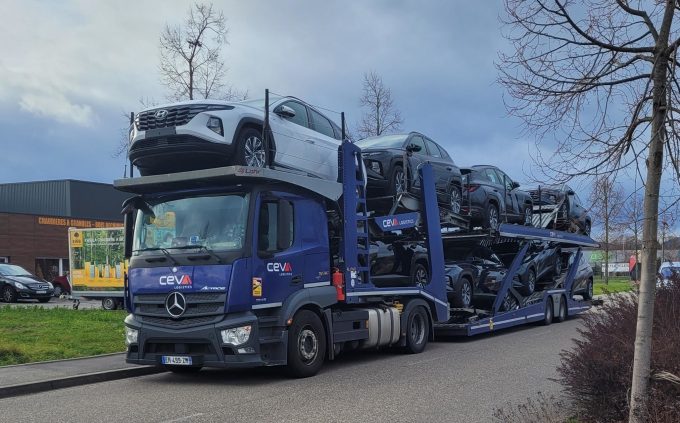CMA CGM targets auto sector via Ceva ro-ro transhipment services
Transporting finished vehicles appears to have become a new growth bet for cash-rich mega-container lines ...

Capacity pressures are set to continue in automotive logistics in the coming years, while the near-shoring of car production and the increasing number of electric vehicles (EVs) coming off assembly lines will drive change in supply chain provision, according to one major player.
“High inflation rates, escalating raw material prices and the semiconductor shortage in 2022 and 2023 combined to weigh down and delay the automotive sector’s recovery from the pandemic,” Emmanuel Cheremetinski, global finished vehicle logistics leader at Ceva Logistics, ...
'Disastrous' DSV-Schenker merger would 'disrupt European haulage market'
New senior management for DSV as it readies for DB Schenker takeover
Volumes set to 'fall off a cliff' as US firms hit the brakes on sourcing and bookings
Asian exporters scramble for ships and boxes to beat 90-day tariff pause
Amazon pushes into LTL for small package fulfilment and UPS does a u-turn
Temporary tariff relief brings on early transpacific peak season
Pre-tariff rush of goods from US to China sees air rates soar, but not for long
Forwarders 'allowing the fox into the chicken run' by supporting 'hungry' carriers

Comment on this article